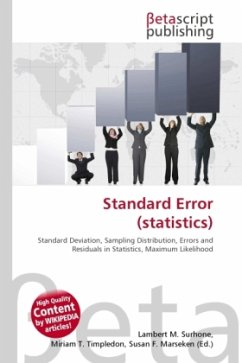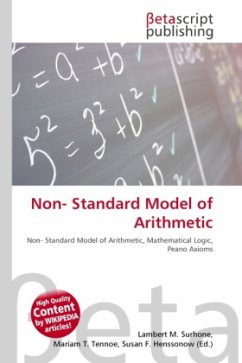High Quality Content by WIKIPEDIA articles! In mathematics, the standard basis (also called natural basis or canonical basis) for a Euclidean space consists of one unit vector pointing in the direction of each axis of the Cartesian coordinate system. For example, the standard basis for the Euclidean plane are the vectors mathbf{e}_x = (1,0),quad mathbf{e}_y = (0,1), and the standard basis for three-dimensional space are the vectors mathbf{e}_x = (1,0,0),quad mathbf{e}_y = (0,1,0),quad mathbf{e}_z=(0,0,1). Here the vector ex points in the x direction, the vector ey points in the y direction, and the vector ez points in the z direction. There are several common notations for these vectors, including {ex, ey, ez}, {e1, e2, e3}, {i, j, k}, and {x, y, z}. In addition, these vectors are sometimes written with a hat to emphasize their status as unit vectors.
Bitte wählen Sie Ihr Anliegen aus.
Rechnungen
Retourenschein anfordern
Bestellstatus
Storno








